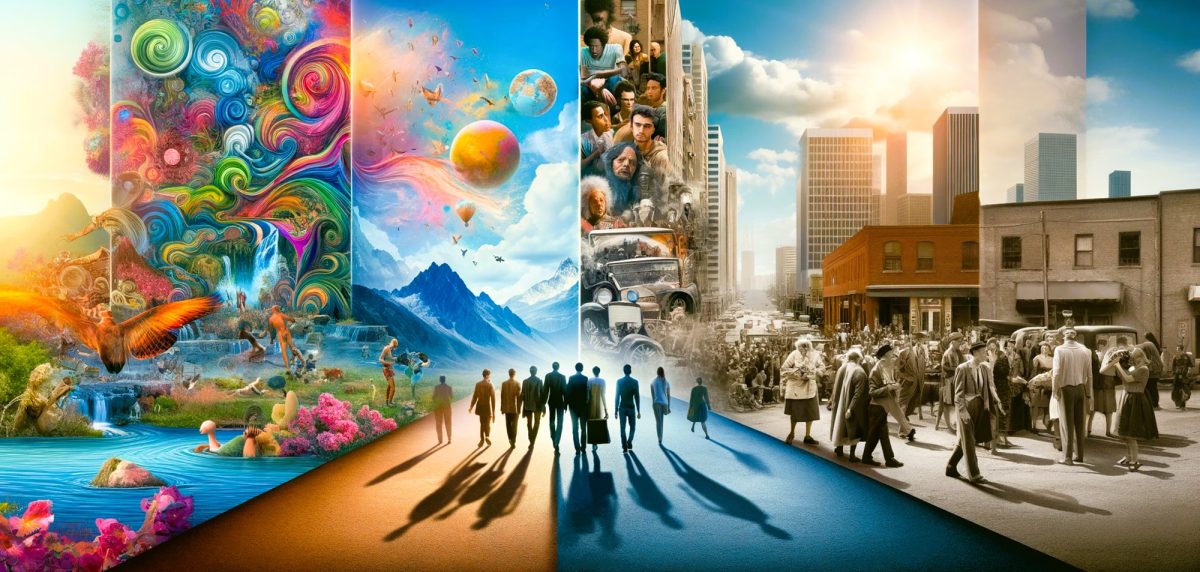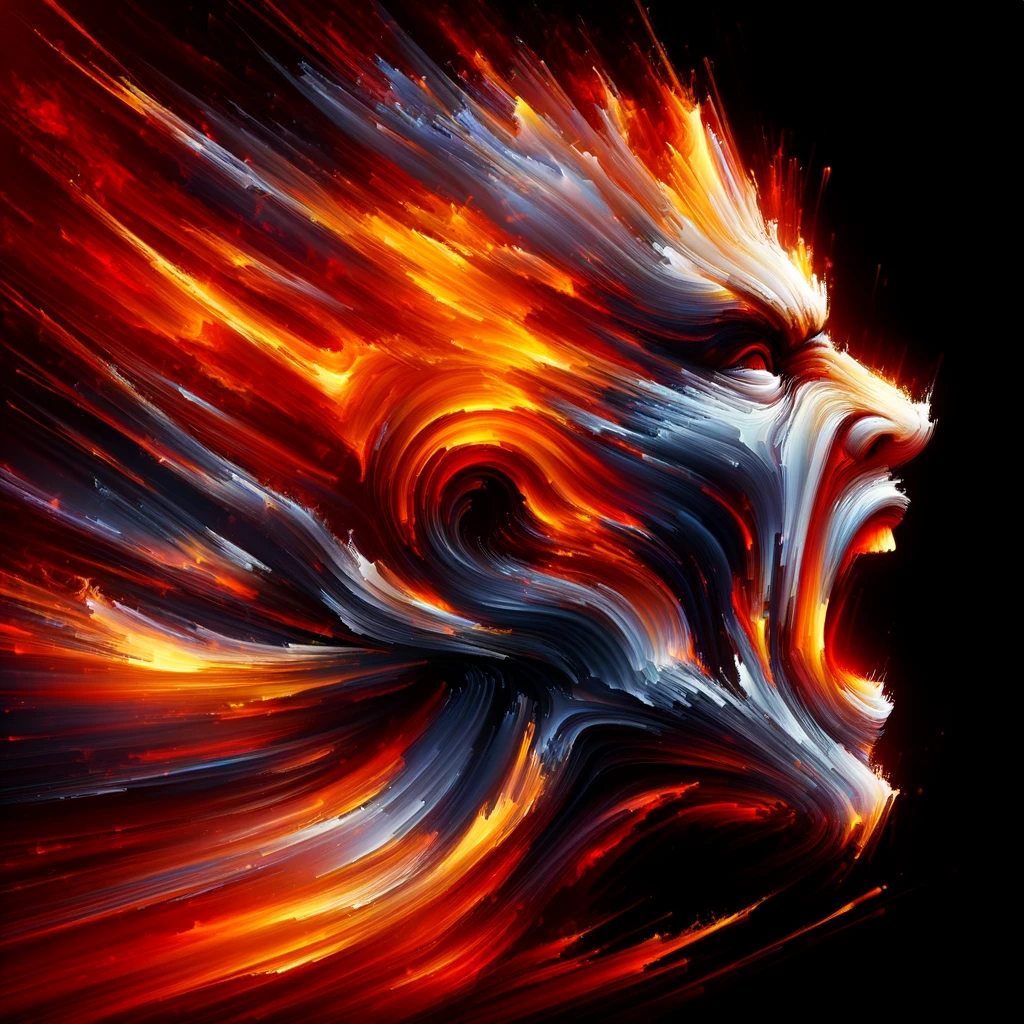Photography, as a versatile medium, serves various purposes ranging from artistic expression to academic research and general documentation. Each application brings its unique perspective, objectives, and methods.
Art Form
Artistic photography is primarily concerned with expression, creativity, and aesthetics. Photographers in this realm aim to evoke emotions, provoke thought, or convey a personal vision through their work. Artistic photos often focus on composition, light, shadow, form, and colour, with the photographer exercising considerable creative freedom in the selection and representation of their subject. The intention is to create something that is open to interpretation and resonates on an emotional or intellectual level with the viewer. Artistic photography is subjective, and its value is often determined by its emotional impact, uniqueness, and the skill and vision of the photographer.
In Academic Research (Visual Sociology)
In contrast, the use of photography in academic research, such as visual sociology, is methodical and analytical. Here, photography serves as a tool to observe, document, and analyze societal phenomena. The focus is on capturing images that provide insight into social structures, norms, behaviours, and cultural practices. Unlike artistic photography, the aim is not to manipulate or create aesthetically pleasing images but to accurately represent social realities. Researchers use photographs to support their findings, illustrate concepts, or provoke discussion. These images are analyzed within the context of sociological theories and frameworks, making them part of a broader academic discourse. Objectivity, or at least a clear acknowledgement of the researcher’s perspective, is crucial in this context.
General Documentary Record
Photography as a means of general documentation shares similarities with its use in academic research but differs in scope and intent. Documentary photography aims to record events, places, and people as accurately and truthfully as possible, often to inform or educate the public. This form of photography can serve historical, journalistic, or evidential purposes. While it may capture the beauty, tragedy, or mundanity of everyday life, its primary goal is to document reality rather than interpret it artistically or analyze it academically. Documentary photography can play a crucial role in social change by bringing attention to neglected issues or providing a visual record of events.
Purpose: Artistic photography seeks to express and evoke, academic photography aims to analyze and illustrate, and documentary photography intends to inform and record.
Contrasts and Overlaps
Subjectivity vs. Objectivity: Artistic photography is highly subjective, embracing the photographer’s personal vision. Academic and documentary photography strive for objectivity, though they acknowledge the influence of the photographer’s perspective.
Audience Engagement: Artistic photography engages audiences on an emotional or aesthetic level, academic photography engages on an intellectual level, and documentary photography seeks to inform or persuade.
Context and Analysis: Academic photography is deeply embedded in theoretical contexts, whereas artistic and documentary photography might not explicitly engage with theoretical frameworks, though they may still provoke critical thought.
Despite these differences, the boundaries between these categories can blur. Artistic photography can inform academic research or become part of a documentary record, just as documentary photography can possess artistic qualities that elevate it beyond mere record-keeping. The use of photography, therefore, is not fixed but fluid, with each approach offering unique insights and contributions to our understanding and appreciation.
Bibliography
Artistic Photography
- Susan Sontag’s “On Photography” (1977) explores the complex relationship between photography, art, and society, offering insights into the interpretative nature of photography as art.
- Roland Barthes’ “Camera Lucida: Reflections on Photography” (1980) provides a deeply personal exploration of the impact of photographs on the viewer, touching on the artistry andemotionality of photography.
Visual Sociology and Academic Research
- Howard S. Becker’s “Visual Sociology, Documentary Photography, and Photojournalism: It’s (Almost) All a Matter of Context” (1986) discusses photography’s role in sociological research and its distinctions from documentary photography.
- Douglas Harper’s “Visual Sociology” (2012) offers a comprehensive overview of the field, including methodological approaches and the use of photography as a research tool.
Documentary Photography
- John Grierson’s early 20th-century work on documentary film and photography laid the groundwork for understanding documentary as a practice aimed at social change and public education.
- Dorothea Lange and Paul S. Taylor’s “An American Exodus: A Record of Human Erosion” (1939) provides a seminal example of documentary photography’s power to record and influence social perspectives.


